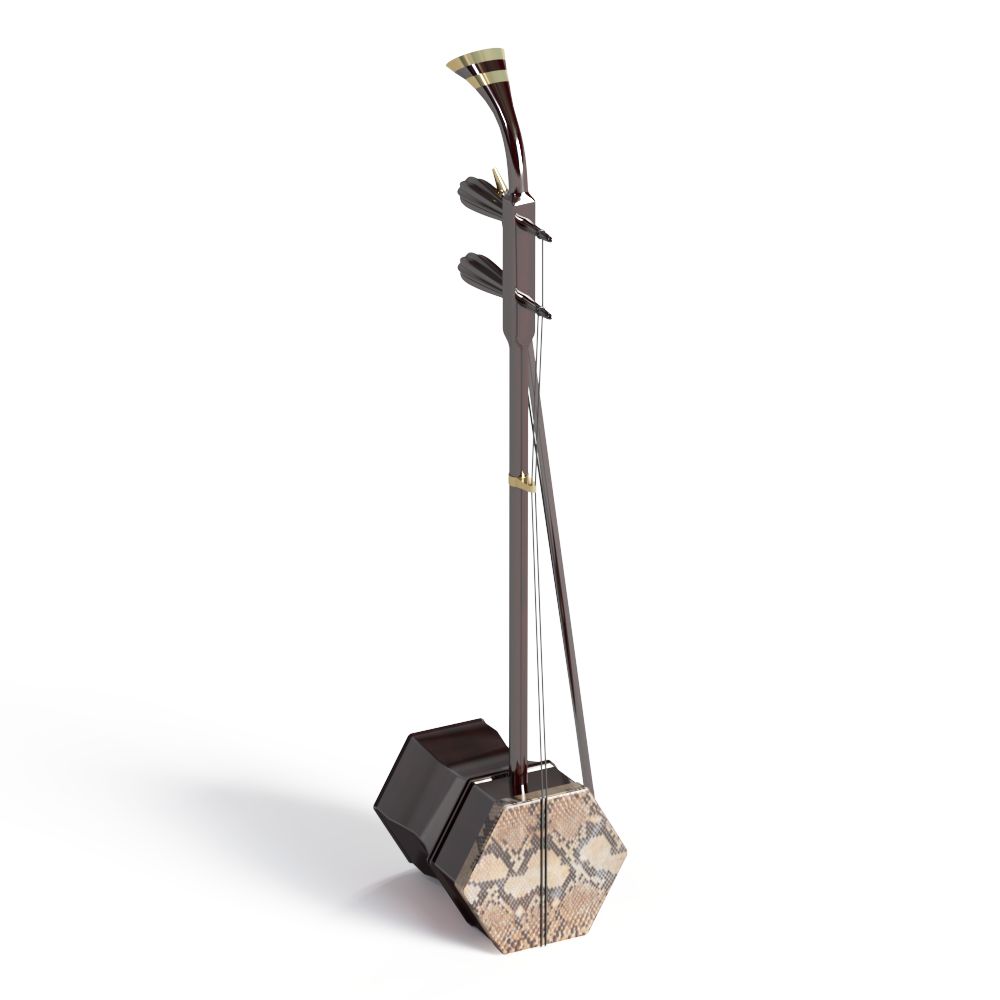How to practice the basic skills of erhu bow
Hello everyone, today I will explain to you how to practice the basic skills of the erhu bow. I often see people discussing issues such as how the strength of the bow can be improved. So today I will tell you some of the methods I know. But what I'm explaining today requires everyone to have a certain foundation in erhu. What you need to practice, for too simple questions, such as what is a bow, "pushing a bow" or what is a bow and a bow tip. Not explained one by one. Please take a look.

Before I tell you these methods, I want to make it clear to you first. Regarding basic skills, they are very simple things in people's minds, so many people ignore them. But this is the most basic thing in erhu performance, just like the foundation of a high-rise building.
However, the practice of basic skills must be continuous. Unlike practice songs, you can see obvious progress after practicing for a few days or even a few weeks. Only after long-term practice of basic skills will you find your progress. . So it is very hard work. So everyone has to work hard.
1. Longbow and string change
Taking the bow as the first bow, the outer string is 4 times, the inner string is 4 times, the outer string is changed to the inner string 4 times, and the inner string is changed to the outer string 4 times. Changing the inner string to the outer string means that, for a bow, the upper half of the bow is the inner string, and the lower half of the bow is the outer string.
Practice requirements:
Speed, to be divided into 3 speeds. Slow and fast. 3 speeds.
Practice 5 times a day
Precautions:
1. What everyone should pay attention to is that you must pull from the heel to the tip of the bow. Be sure to draw a full bow. Many people can't draw their arms to the full bow, but it has to be overcome. With some practice, you can let your arms go.
2. Use your brain in the process of pulling, and slowly realize that when pulling the bow, the sequence of the movements of each joint should be remembered that the bow must be flat and stable, no matter what speed it is.
Second, the middle bow
The position of the middle bow is about 15CM, and the distance from the bow is also about 15CM.
Middle bow practice; draw the bow as the first bow, starting from the middle bow position. 4 bows with outer strings, 4 bows with inner strings, 3 bows with outer strings and 1 bow with inner strings, 3 bows with inner strings and 1 bow with outer strings.
Practice requirements:
Same as longbow and slurping. Speed, to be divided into 3 speeds. Slow and fast. 3 speeds.
Practice 5 times a day
Precautions:
In the process of pulling, use your brain and experience slowly. When pulling the bow, remember the sequence of movements of each joint. Remember that the bow must be flat and stable, no matter what speed it is.
Three, the bow tip
Different from the above two exercises, the first bow of the bow tip is the push bow, the outer string is 4 bows, the inner string is 4 bows, the outer string is 3 bows, the inner string is 1 bow, the inner string is three bows and the outer string is 1 bow.
Practice requirements:
Same as longbow and slurping. Speed, to be divided into 3 speeds. Slow and fast. 3 speeds.
Practice 5 times a day
Precautions:
In the bow tip split bow, the big arm is basically immobile, so the requirements for the wrist are strengthened and it must be flexible enough.
Summary: In the above, I have emphasized the use of the brain, not to be fooled by the boring practice of bowing, but also to think about how to do it better. 15 minutes of bowing practice every day is enough, but pay attention to continuity.
 渝公网安备 50010702504639号
渝公网安备 50010702504639号